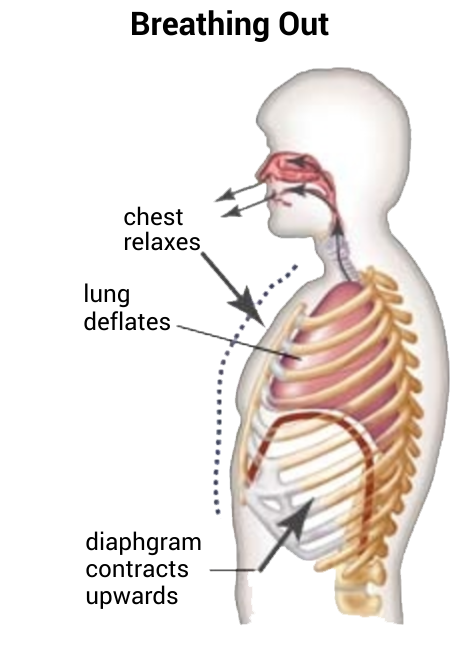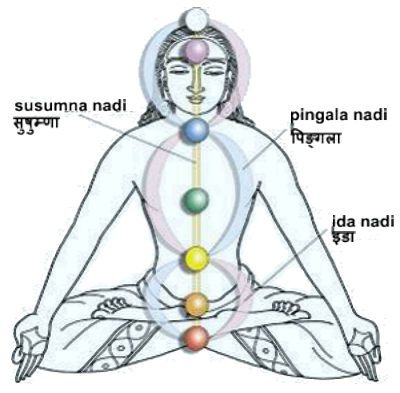
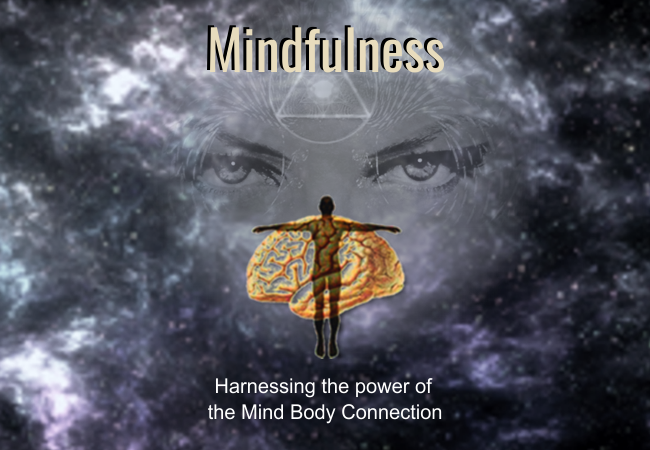
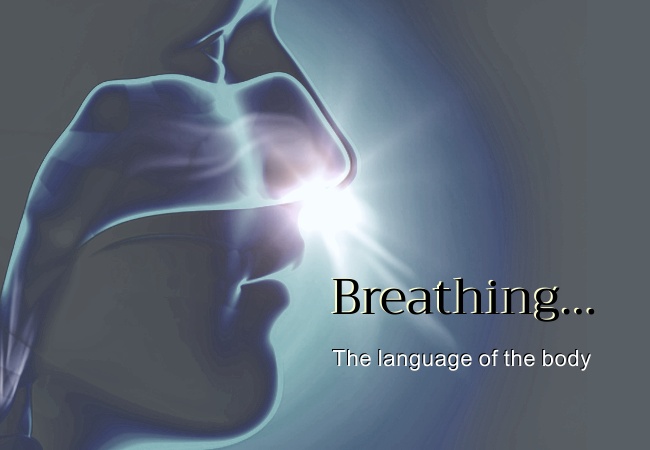
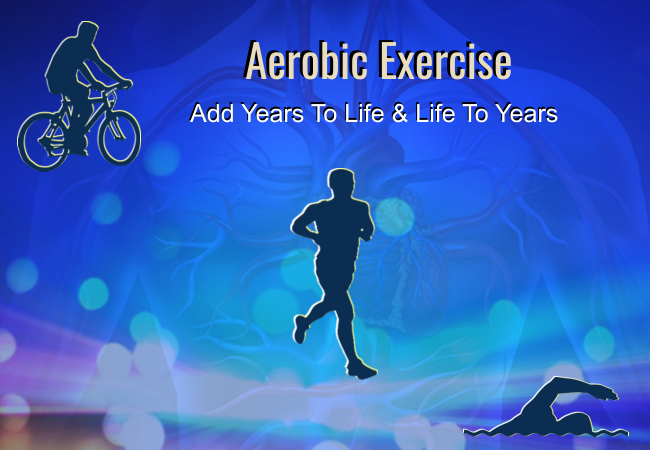
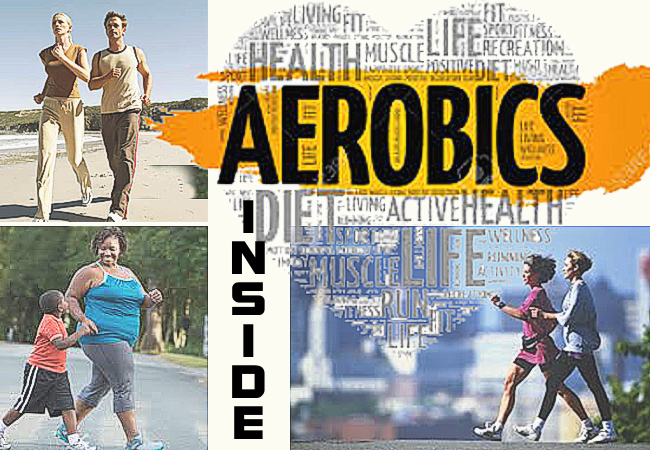
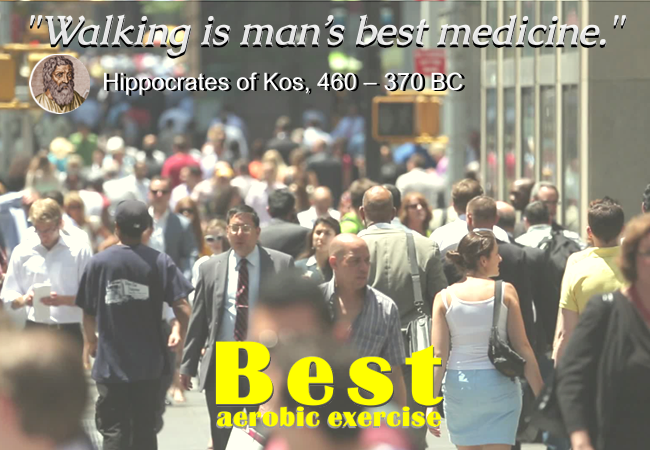


Step 1
Push the belly forward and downward. The contracting diaphragm descends, pushes on the abdomen and massages the organs.

Step 2
Separate the ribs sideways to draw in a little more breath.

Step 3
“Sip” in just a little more air to fill the upper chest, all the way up to the collarbone. This will cause the area around the heart (called the heart center) to expand and rise.

Step 1
Let the breath go first from the upper chest, allowing the heart center to sink back down.

Step 2
Let the ribs slide together.

Step 3
Let the air go from the belly, gently drawing the navel back towards the spine.

